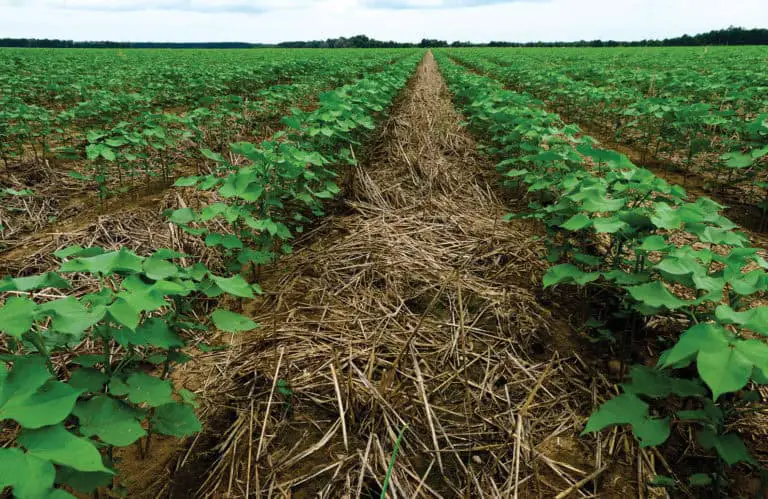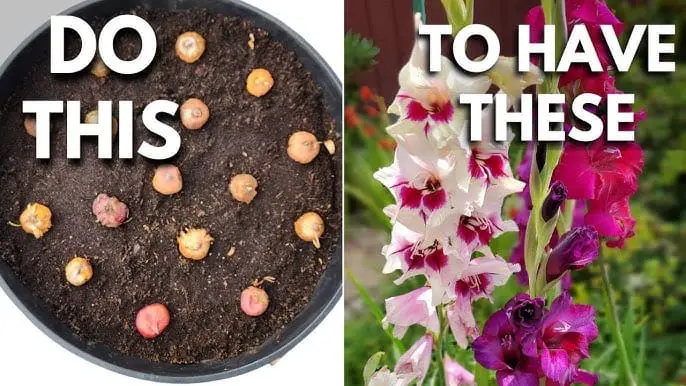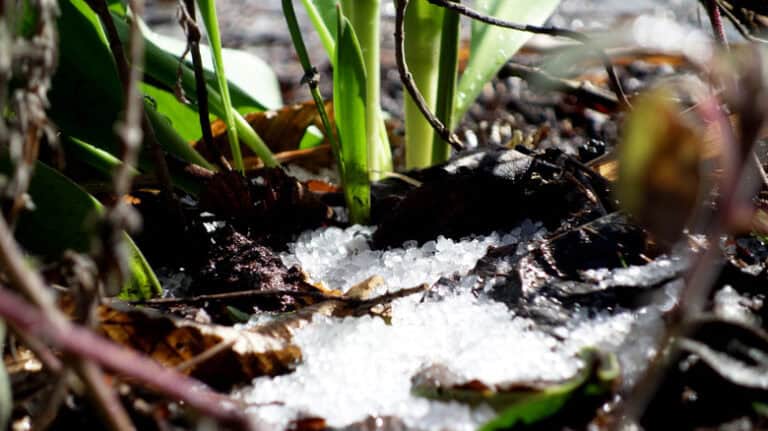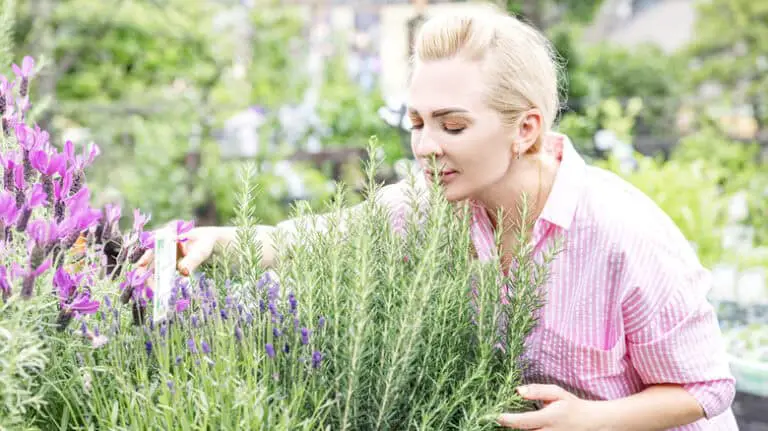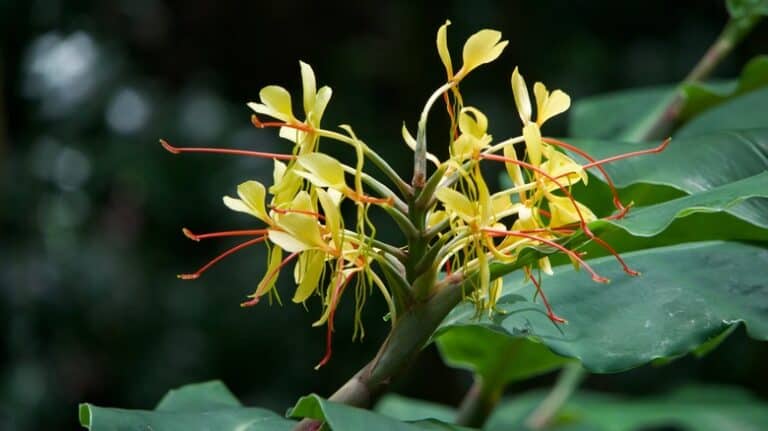Cover Crops That Can Double As A Pollinator Patch: Boost Your Garden’s Health
Buckwheat and clover are excellent cover crops that also serve as pollinator patches. They attract bees and other beneficial insects.
Cover crops play a crucial role in sustainable agriculture. They help manage soil erosion, improve soil health, and suppress weeds. Certain cover crops, like buckwheat and clover, provide the added benefit of attracting pollinators. These plants offer nectar and pollen, essential for bees and other beneficial insects.
Integrating such cover crops into your farming practice enhances biodiversity. It also promotes a healthier ecosystem. Farmers can reap dual benefits: improved soil quality and increased pollinator activity. This approach supports both crop yield and environmental health.
Introduction To Cover Crops
Cover crops are plants that grow to protect and improve the soil. They can also attract pollinators, making them doubly useful.
What Are Cover Crops?
Cover crops are types of plants grown to cover the soil rather than for harvest. They include grasses, legumes, and other green plants.
- Grasses: Rye, oats, and barley.
- Legumes: Clover, beans, and peas.
- Other plants: Mustard and radish.
Benefits Of Cover Crops
Cover crops offer many benefits. They improve soil health, reduce erosion, and attract pollinators. Here are some key benefits:
| Benefit | Description |
|---|---|
| Soil Health | Cover crops add organic matter to the soil. |
| Reduce Erosion | They hold the soil in place with their roots. |
| Attract Pollinators | Flowering cover crops provide food for bees. |
Cover crops also suppress weeds and manage soil moisture.
Choosing The Right Cover Crops
Selecting the best cover crops can be challenging. These plants should enrich soil and attract pollinators. The right choice boosts both soil health and biodiversity. Let’s dive into the factors and popular varieties.
Factors To Consider
- Climate Compatibility: Ensure the crop thrives in your local climate.
- Soil Type: Match the crop with your soil’s characteristics.
- Growth Cycle: Choose crops that fit your planting schedule.
- Pollinator Attraction: Opt for plants that attract bees and butterflies.
- Nutrient Benefits: Select crops that add essential nutrients to the soil.
Popular Cover Crop Varieties
| Cover Crop | Pollinator Benefits | Soil Enrichment |
|---|---|---|
| Crimson Clover | Attracts bees with bright flowers | Adds nitrogen to the soil |
| Buckwheat | Popular with bees and butterflies | Improves soil structure |
| Sunflower | Excellent for attracting bees | Deep roots prevent soil erosion |
| Hairy Vetch | Bees love its purple flowers | Fixes nitrogen in the soil |
| Phacelia | Highly attractive to pollinators | Improves soil fertility |
These cover crops serve dual purposes. They improve soil health and attract vital pollinators. This creates a thriving garden ecosystem.
Cover Crops For Pollinators
Cover crops can enrich soil and support pollinators. These crops offer dual benefits, making them a smart choice for eco-friendly farming. Discover how these cover crops can support your garden’s ecosystem.
Importance Of Pollinators
Pollinators like bees, butterflies, and birds are vital. They help plants reproduce by transferring pollen. Without pollinators, many plants would fail to bear fruit. This impacts food supply and biodiversity.
Pollinators also support the ecosystem by aiding plant growth. Healthy plants provide food and shelter for other wildlife. Protecting pollinators ensures a balanced and thriving environment.
Dual-purpose Cover Crops
Certain cover crops can serve two purposes. They improve soil health and offer food for pollinators. Below are some examples of such crops:
| Cover Crop | Soil Benefit | Pollinator Benefit |
|---|---|---|
| Clover | Fixes nitrogen | Attracts bees |
| Buckwheat | Suppresses weeds | Attracts bees and butterflies |
| Sunflowers | Improves soil structure | Attracts bees and birds |
| Mustard | Controls pests | Attracts bees |
- Clover: Ideal for nitrogen fixation and bee attraction.
- Buckwheat: Great for weed suppression and attracting bees and butterflies.
- Sunflowers: Help improve soil structure and draw bees and birds.
- Mustard: Controls pests and attracts bees.
These dual-purpose crops make farming efficient and eco-friendly. Choose cover crops that benefit both soil and pollinators. This ensures a healthy and productive garden.
Planting Techniques
Planting cover crops that also serve as pollinator patches is a wise choice. These crops improve soil health and attract beneficial insects. Proper planting techniques ensure your cover crops thrive. Let’s dive into soil preparation and sowing methods.
Soil Preparation
Good soil preparation is crucial for cover crops. Start by removing weeds and debris. Use a garden fork or tiller to loosen the soil.
Test your soil’s pH level. Ideal pH for most cover crops is between 6.0 and 7.0. Add lime or sulfur to adjust the pH as needed.
Incorporate organic matter like compost. This improves soil structure and fertility. Aim for a depth of at least 6 inches.
Here is a simple checklist for soil preparation:
- Remove weeds and debris
- Loosen soil
- Test and adjust pH
- Add organic matter
Sowing Methods
Different sowing methods suit different cover crops. Broadcast seeding is common and effective for many species. Spread seeds evenly over the soil surface.
Drill seeding involves placing seeds at a precise depth. This method ensures better seed-to-soil contact. It is ideal for larger seeds like peas or beans.
Use a seed drill or hand-held seeder for drill seeding. Cover the seeds lightly with soil. Water the area gently to settle the soil around the seeds.
Here is a comparison of the two methods:
| Method | Advantages | Disadvantages |
|---|---|---|
| Broadcast Seeding | Easy and quick | Less precise |
| Drill Seeding | Better seed-to-soil contact | More time-consuming |
Both methods have their benefits. Choose the one that fits your needs best.
Maintaining Your Cover Crops
Maintaining your cover crops ensures they thrive and serve as effective pollinator patches. Proper care involves watering, fertilization, pest control, and weed management. Each step is crucial for optimal growth and pollinator attraction.
Watering And Fertilization
Water is essential for the health of cover crops. Ensure your crops receive adequate moisture. Water them deeply once a week. In dry periods, increase the frequency.
Fertilization helps cover crops grow strong. Use organic fertilizers for the best results. Compost or manure can provide necessary nutrients. Apply them at the start of the growing season.
| Fertilizer Type | Application Time |
|---|---|
| Compost | Early Spring |
| Manure | Early Spring |
Pest And Weed Control
Pests can damage your cover crops. Use natural methods to keep them away. Introduce beneficial insects like ladybugs. They eat harmful pests.
Weeds compete with your cover crops for nutrients. Regular weeding is necessary. Mulching helps suppress weed growth. Use straw or grass clippings as mulch.
- Hand-pull weeds regularly
- Apply mulch around plants
- Use cover crop residues to suppress weeds
Seasonal Considerations
Choosing the right cover crops that can double as pollinator patches requires understanding seasonal considerations. Each season brings different challenges and opportunities for your garden. Below, we explore the best cover crops for spring, summer, fall, and winter.
Spring And Summer
Spring and summer are ideal for planting cover crops that attract pollinators. These seasons offer ample sunshine and warmth, which benefit both plants and insects.
| Cover Crop | Benefits |
|---|---|
| Crimson Clover | Fixes nitrogen, attracts bees |
| Buckwheat | Suppresses weeds, attracts beneficial insects |
| Borage | Improves soil, attracts pollinators |
Fall And Winter
Fall and winter bring cooler temperatures and shorter days. Cover crops during these seasons help protect soil and provide food for pollinators.
- Austrian Winter Pea: Fixes nitrogen, attracts pollinators
- Hairy Vetch: Prevents erosion, attracts beneficial insects
- Winter Rye: Builds soil, provides habitat for pollinators
During these seasons, focus on cover crops that withstand colder temperatures. They should also continue to offer benefits to your garden and local pollinators.
Integrating Cover Crops With Existing Plants
Integrating cover crops with existing plants can boost your garden’s health. Cover crops help improve soil quality and attract pollinators. This approach combines the benefits of cover crops and companion planting.
Companion Planting
Companion planting involves growing different plants together for mutual benefits. Some cover crops can serve as excellent companions for your main crops. Here are a few examples:
- Clover: Fixes nitrogen and attracts bees.
- Phacelia: Draws beneficial insects and improves soil structure.
- Buckwheat: Attracts pollinators and suppresses weeds.
By planting these cover crops, you can enhance pollination and soil health. Bees and other pollinators will visit your garden more often.
Crop Rotation
Crop rotation helps prevent soil depletion and pest buildup. Cover crops can play a crucial role in this practice. Rotate cover crops with your main crops to maintain soil fertility.
Here is a simple crop rotation example:
| Year | Main Crop | Cover Crop |
|---|---|---|
| Year 1 | Tomatoes | Clovers |
| Year 2 | Corn | Buckwheat |
| Year 3 | Beans | Phacelia |
This rotation plan helps keep your soil healthy and rich. It also ensures that pollinators have a steady supply of nectar.
Integrating cover crops with existing plants is a win-win strategy. It enhances soil health and attracts beneficial pollinators.
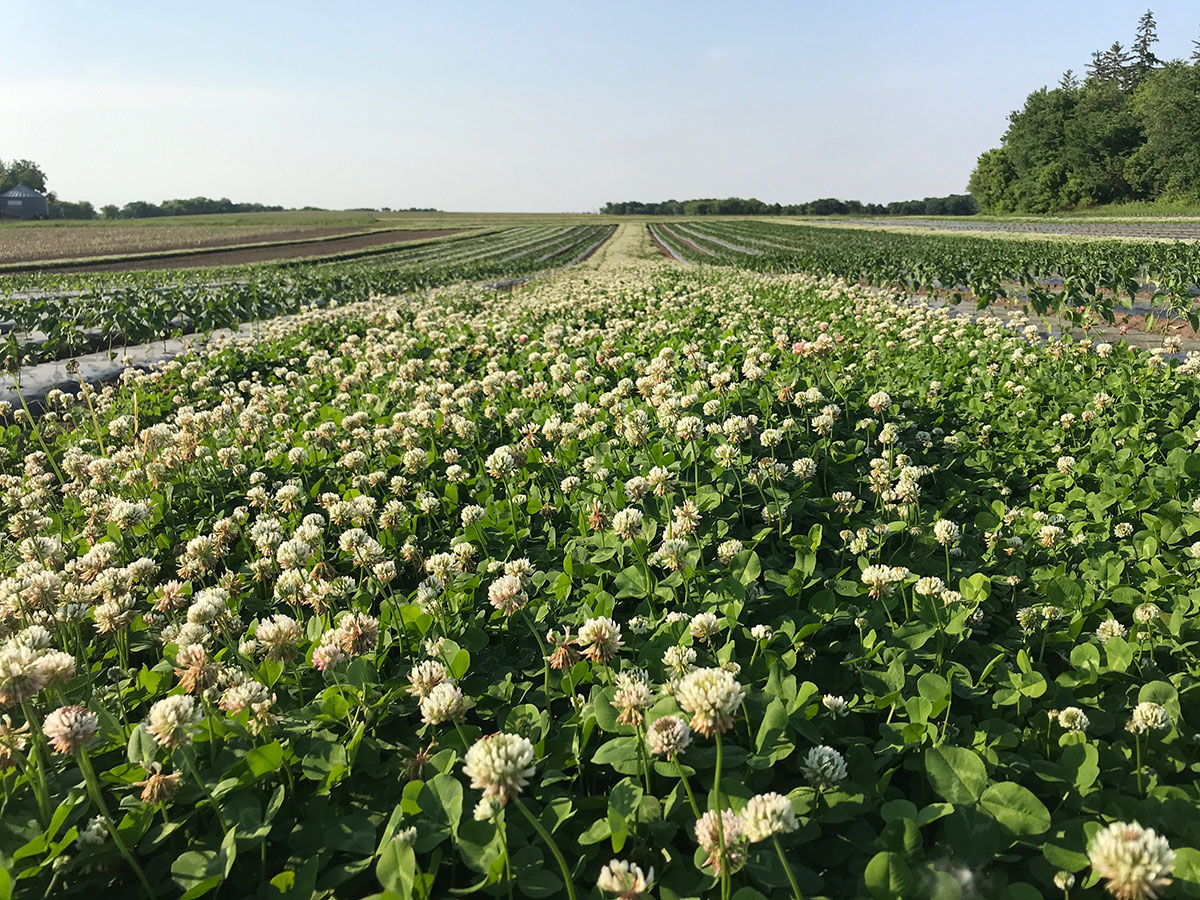
Credit: www.xerces.org
Harvesting And Using Cover Crops
Cover crops are not only great for soil health, but they can also attract pollinators. Learn how to harvest and use cover crops efficiently.
When To Harvest
Timing is crucial when harvesting cover crops. Harvest when the plants are lush and green. This is usually before they flower. If the plants flower, you can still harvest, but they may be less nutritious.
Use a sharp tool to cut the plants. Leave a few inches of stem above the ground. This helps the plants to grow back quickly.
Uses Of Harvested Cover Crops
Once harvested, cover crops have many uses. Below are some common uses:
- Compost: Chop the plants and add them to your compost bin.
- Mulch: Lay the chopped plants on your soil as mulch.
- Animal Feed: Some cover crops can be fed to livestock.
Using cover crops in these ways helps your garden and the environment. They enrich the soil, conserve water, and reduce weeds.
| Cover Crop | Best Harvest Time | Uses |
|---|---|---|
| Crimson Clover | Before flowering | Compost, mulch |
| Hairy Vetch | Before flowering | Animal feed, mulch |
| Winter Rye | Before flowering | Mulch, compost |
Success Stories And Case Studies
Cover crops can do more than just protect the soil. They can also attract pollinators. This helps both the environment and your garden. Here are some success stories and case studies.
Home Gardeners
Many home gardeners have seen great results using cover crops. For example, Jane from Ohio planted clover and buckwheat in her garden. She noticed more bees and butterflies within weeks.
John in Texas used sunflowers and crimson clover. His vegetable yield increased by 20%. He also reported fewer pests.
| Gardener | Location | Cover Crops | Results |
|---|---|---|---|
| Jane | Ohio | Clover, Buckwheat | More bees and butterflies |
| John | Texas | Sunflowers, Crimson Clover | 20% yield increase, fewer pests |
Commercial Farms
Commercial farms are also seeing benefits from using cover crops as pollinator patches. One farm in California planted mustard and phacelia. They saw a 30% increase in fruit set.
Another farm in Florida used alfalfa and radish. Their honey production doubled. This also attracted more local wildlife.
- California Farm: Used mustard and phacelia. Saw a 30% increase in fruit set.
- Florida Farm: Used alfalfa and radish. Honey production doubled.
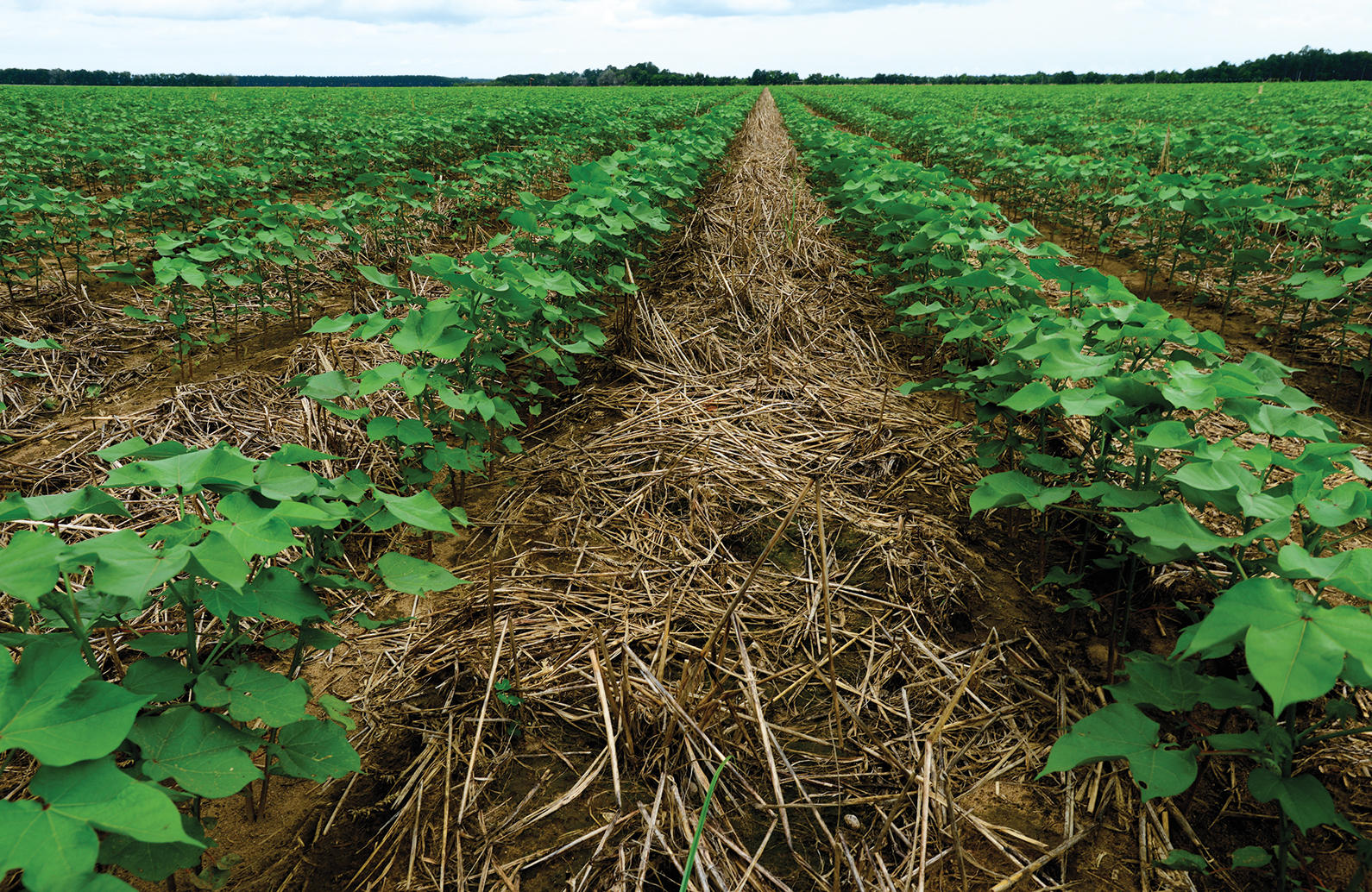
Credit: www.sare.org

Credit: www.amazon.com
Frequently Asked Questions
What Cover Crops Attract Pollinators?
Buckwheat, clover, and phacelia are excellent cover crops that attract pollinators like bees and butterflies.
Can Cover Crops Improve Soil Health?
Yes, cover crops enhance soil health by preventing erosion, adding organic matter, and promoting beneficial microbial activity.
How Do Cover Crops Benefit Pollinators?
Cover crops provide nectar and pollen, supporting the health and population of pollinators throughout their growing season.
Conclusion
Creating a pollinator patch with cover crops benefits your garden and the environment. These dual-purpose plants attract bees and butterflies. They also enrich the soil, improving plant health. Consider integrating cover crops into your garden for a vibrant, eco-friendly space.
Sustainable gardening practices can make a significant impact on biodiversity.

